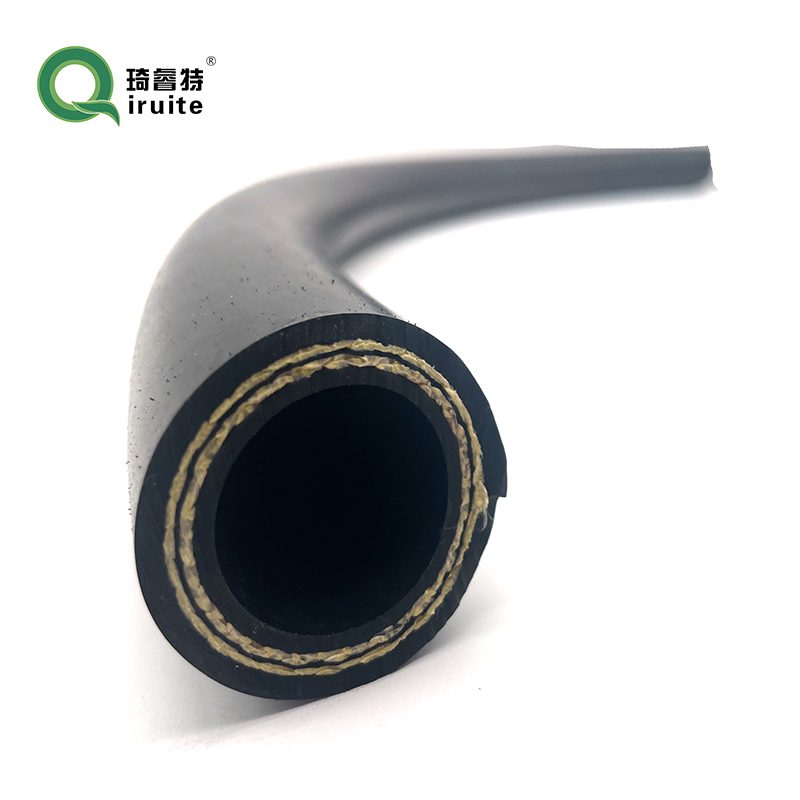Understanding Brake Lines and Hoses for Vehicle Safety and Maintenance
Understanding Brake Lines and Hoses Vital Components of Automotive Safety
Brake lines and hoses are essential components of any vehicle's braking system, playing a crucial role in ensuring the safety and reliability of a car's ability to stop effectively. This article explores the functions, types, maintenance, and common issues associated with brake lines and hoses.
Function of Brake Lines and Hoses
The brake system in a vehicle operates on the principle of hydraulics. When the driver presses the brake pedal, force is applied to the brake fluid, which travels through the brake lines and hoses to the brake calipers or wheel cylinders. This hydraulic pressure activates the brakes, allowing the wheels to slow down or stop. Brake lines are typically made of steel tubing, while brake hoses are rubber or reinforced materials designed to withstand high pressure.
Types of Brake Lines and Hoses
There are two primary types of brake line systems rigid lines and flexible hoses.
1. Rigid Brake Lines These are typically made of steel or copper and are designed to run along the chassis of the vehicle. Rigid brake lines are used in areas where flexibility is not a necessity and provide a sturdy connection that enhances the strength and durability of the hydraulic brake system.
2. Flexible Brake Hoses These are designed to connect the rigid brake lines to the brake calipers or wheel cylinders. Flexible hoses are essential for areas of the vehicle that experience movement, such as the suspension. They are usually made from reinforced rubber with a steel braid to withstand pressure and bending.
Maintenance of Brake Lines and Hoses
Regular maintenance of brake lines and hoses is crucial to ensure the safety and performance of the vehicle. Over time, brake lines can corrode or develop leaks, while hoses may become brittle or worn out due to heat, exposure to brake fluid, and environmental factors.
1. Visual Inspections Drivers should regularly inspect the brake lines and hoses for any signs of wear, cracking, or leaks. A visual check can reveal issues before they become serious, helping to prevent brake failure.
brake lines and hoses

2. Fluid Checks Keeping an eye on the brake fluid level is critical. If the level drops unexpectedly, it may indicate a leak in the brake lines or hoses.
3. Professional Inspections It is advisable to have the entire brake system, including brake lines and hoses, inspected by a professional mechanic during routine maintenance checks. This ensures that any hidden issues are identified and resolved before they lead to more significant problems.
Common Issues with Brake Lines and Hoses
Several issues can arise with brake lines and hoses that drivers should be aware of
1. Leaking Brake Fluid A leak can significantly reduce braking efficiency, leading to longer stopping distances or complete brake failure. Common signs include a soft brake pedal or puddles of fluid under the vehicle.
2. Corrosion Steel brake lines are susceptible to rust and corrosion over time, especially if exposed to moisture and road salts. This can result in weakened lines that may burst under pressure.
3. Hose Deterioration Over time, rubber hoses can crack or become porous, allowing brake fluid to leak out. Additionally, exposure to high temperatures can cause the rubber to degrade, resulting in failure.
4. Pressure Issues If the brake lines or hoses are kinked, blocked, or damaged in any way, it can lead to uneven braking and reduced performance.
Conclusion
Brake lines and hoses play an integral role in the effective functioning of a vehicle's braking system. Understanding their functions, types, maintenance needs, and potential issues is vital for every car owner. Regular checks and timely maintenance can ensure the safety of the driver and passengers, as well as prolong the lifespan of the vehicle. Prioritize your vehicle's health by being proactive with brake system care, because when it comes to braking, every second counts.
-
Ultimate Spiral Protection for Hoses & CablesNewsJun.26,2025
-
The Ultimate Quick-Connect Solutions for Every NeedNewsJun.26,2025
-
SAE J1401 Brake Hose: Reliable Choice for Safe BrakingNewsJun.26,2025
-
Reliable J2064 A/C Hoses for Real-World Cooling NeedsNewsJun.26,2025
-
Heavy-Duty Sewer Jetting Hoses Built to LastNewsJun.26,2025
-
Fix Power Steering Tube Leaks Fast – Durable & Affordable SolutionNewsJun.26,2025

